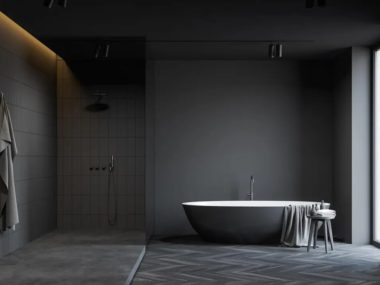Roofing is a critical component of any structure, providing protection, durability, and efficiency. For both residential and commercial properties, selecting the right roofing system can make a significant difference in longevity and performance. Homeowners, builders, and facility managers often explore various materials and methods to understand which option best suits their climate, budget, and maintenance capacity. To learn more about roofing choices, it is essential to examine both traditional and modern systems that are widely in use today.
Built-Up Roofing (BUR)
Built-up roofing has been a mainstay for more than a century, particularly in commercial applications. It consists of multiple layers of bitumen and reinforcing fabrics, creating a durable and water-resistant surface. Its layered construction provides excellent protection, though the installation can be labor-intensive. BUR is valued for its reliability in withstanding heavy foot traffic on flat roofs.
Flat and Low-Slope Roofing
Flat and low-slope roofing systems are common in commercial and industrial buildings. Unlike pitched roofs, these surfaces require specialized solutions to manage water drainage. Materials such as modified bitumen, TPO, or EPDM are often used because of their water-resistant properties. The appeal lies in their practicality for large-scale coverage and compatibility with HVAC equipment placement.
PVC Roofing
Polyvinyl chloride (PVC) roofing membranes are known for their durability and resistance to chemicals, moisture, and fire. They are lightweight yet strong, making them suitable for low-slope and flat applications. PVC roofs are also reflective, which can contribute to energy efficiency by reducing heat absorption.
EPDM Roofing
EPDM is a non-natural roofing material made of rubber. It is widely used for its cost-effectiveness, flexibility, and resistance to weathering. Black EPDM absorbs heat, while white variants help with energy savings in warmer climates. Its relatively easy installation and long service life have made it a popular choice in commercial roofing.
Metal Roofing
Metal roofing systems are versatile and long-lasting. Available in materials such as steel, aluminum, and copper, metal roofs provide durability and a sleek appearance. They are highly resistant to wind, fire, and impact damage. Additionally, metal roofs are often recyclable, which makes them attractive from a sustainability perspective.
Tar and Gravel Roofing
Traditional tar and gravel systems involve layering asphalt with gravel to create a protective surface. While considered somewhat older technology, these roofs still serve as a reliable option for flat roofs. The gravel helps protect the underlying layers from ultraviolet radiation and adds weight to resist wind uplift.
Roof Coatings
Roof coatings serve as an additional protective layer applied over existing systems. They help extend roof life, improve waterproofing, and enhance energy efficiency. Commonly used materials include acrylic, silicone, and polyurethane. Coatings can be particularly effective in restoring older roofs and delaying replacement costs.
Self-Adhered Roofing
Self-adhered membranes are designed for easier installation compared to traditional hot-applied systems. They offer strong adhesion without the need for open flames or specialized heating equipment. This makes them safer and more efficient in certain applications, particularly for low-slope roofs.
Modified Roofing
Modified bitumen roofing combines asphalt with polymers for increased flexibility and strength. Available in both hot- and cold-applied methods, it offers durability and resistance to harsh weather conditions. Its layered system makes it suitable for buildings requiring additional waterproofing measures.
TPO Roofing
Thermoplastic Polyolefin (TPO) roofing has gained popularity due to its balance of affordability and performance. It is reflective, helping reduce cooling costs, and is resistant to dirt and bacterial growth. TPO is commonly used in commercial flat or low-slope applications.
Shingle Roofing
Shingles remain a dominant choice in residential roofing. They are available in asphalt, wood, slate, and synthetic variations. Asphalt shingles, in particular, are cost-effective and easy to install, making them the most widely used. While primarily seen on pitched roofs, advancements in design have made shingles increasingly durable and visually versatile.
Roof Maintenance and Repairs
Regardless of the material or system, roof maintenance is crucial for extending lifespan and preventing costly issues. Regular inspections, cleaning debris, and addressing minor damage promptly can prevent leaks and structural deterioration. Professional roof repairs may involve patching, resealing, or replacing worn sections, depending on the system in place.
Conclusion
Roofing systems range from traditional tar and gravel to modern innovations such as TPO and PVC. Each material has unique strengths that make it suitable for specific applications, whether for homes or commercial buildings. What remains constant is the importance of proper maintenance and timely repairs to preserve functionality. To learn more, exploring these options in depth helps in making informed decisions that balance durability, cost, and sustainability.






